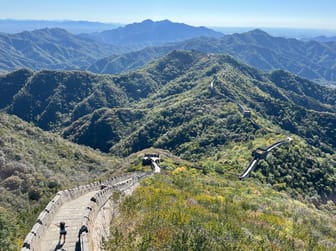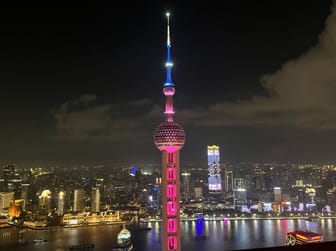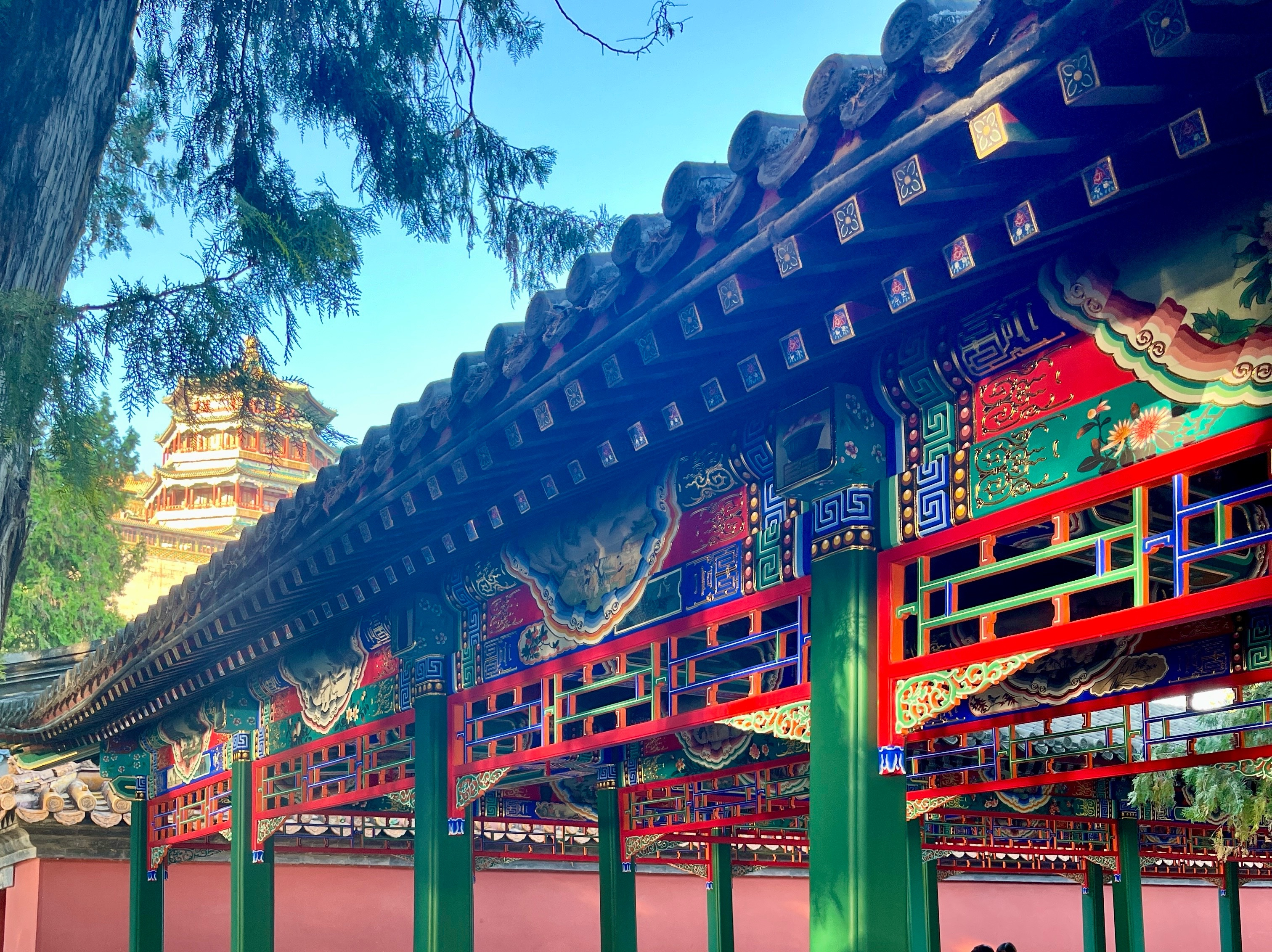
Dear All,
We could not miss Beijing on our trip - the capital of China, rich in history, culture, and political significance. Located in the northern part of the country, it is one of the most populous and important cities in China. Also here we were able to find traditional activities.
How to get here
🚝We took the train from Suzhou via Shanghai - approximately 6 hours to get to Beijing. By car it would take at least 12 hours from Suzhou/Shanghai. We almost got lost by changing the train in Shanghai as everything is in Chinese and it is tough to find someone speaking English - we were lucky to have 1 hour for a change. But we managed it.
Of course, if you are arriving from other countries- there is an airport. And most of the Chinese cities are connected via train with Beijing.
Where to stay
We stayed at a 5-star hotel in the city center—the Legendale Hotel Beijing. It was clean and beautifully designed, but in my opinion, it wasn’t worth the price. The location was perfect.
Must-visit places
Forbidden city
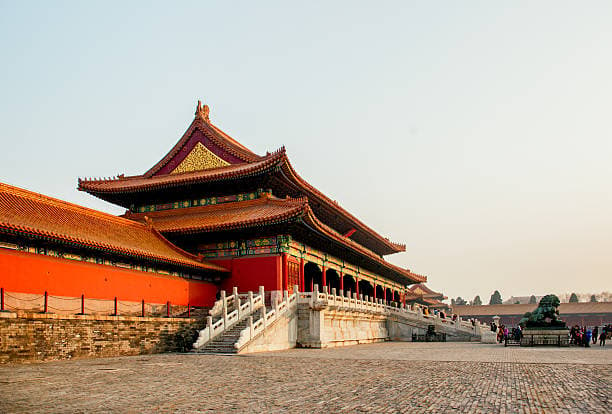
One of Beijing’s most iconic landmarks. This palace complex, with over 900 buildings, served as the home of Chinese emperors for nearly 500 years. During emperor times ordinary people could not even have a look into this place.
We would recommend checking the central part of the palace and go to the Treasury part (less people, costs extra).
🎟️Book via WeChat. Tickets can be booked 7 days in advance, tickets are sold out really quickly- 5 minutes after publishing,
Tiananmen Square and Tiananmen Rostrum
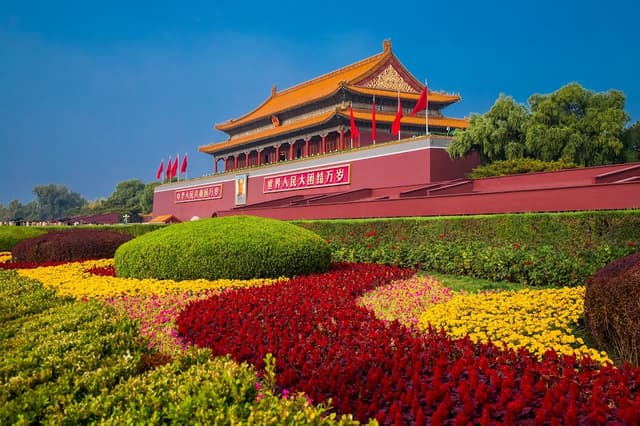
Tiananmen Square is one of the world’s largest public squares. Built in 1651, it was expanded under the People’s Republic of China.
The Tiananmen Rostrum, also known as the Gate of Heavenly Peace, is a monumental structure at the northern end of Tiananmen Square in Beijing. The Rostrum provides the best view of Tiananmen Square. Originally built in 1420 during the Ming Dynasty. From this platform, Mao Zedong announced the establishment of the People’s Republic on October 1, 1949, marking the start of China’s socialist era.
🎟️You need to book separate tickets via WeChat - need to register on some additional sites via WeChat. We asked our travel helper to assist us while booking the tickets.
Jingshan park
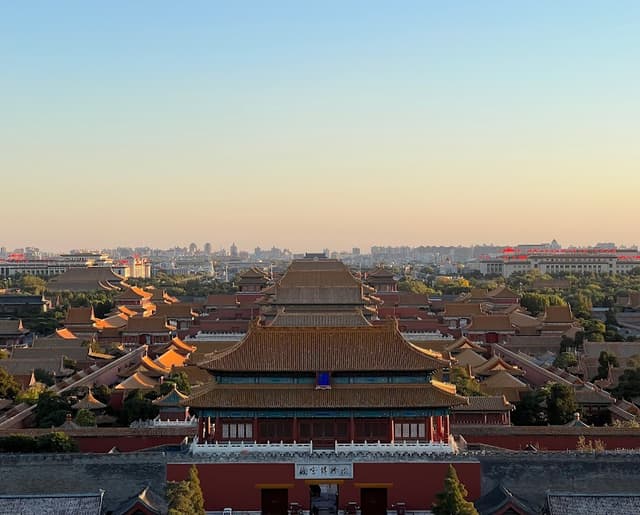
Jingshan Park is a popular public park, located just north of the Forbidden City. The hill offers the best panoramic views of the Forbidden City - perfect place for sunset view 🌅.
🎟️Book on side. If you won’t to be sure that you will get a ticket - GetYourGuide.
Summer palace
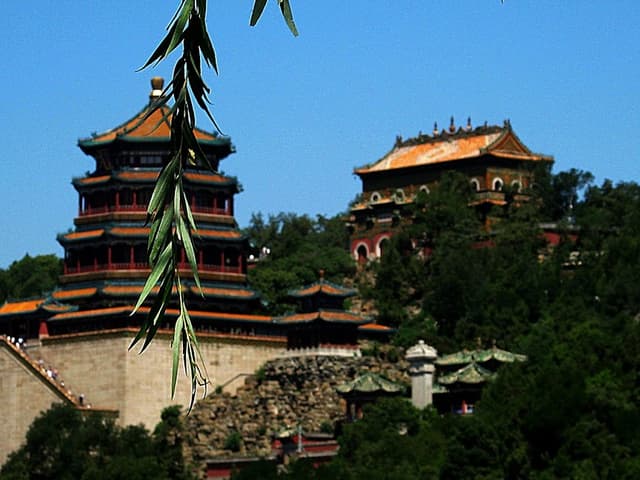
Originally constructed in the 18th century, it served as a royal retreat for the Qing Dynasty emperors, offering an escape from the sweltering summer heat. Spanning over 700 acres.
Our list to visit in Summer palace:
- Longevity hill with its ruines
- Kunming Lake
- Long corridor
- Marble Boat
- Tower of Buddhist Incense (Foxiang Pavilion)
- Zhi Chun Ting Pavilion
The last 2 spots are perfect for sunset view 🌅
🎟️Book via Trip.com. For some places the tickets can be booked on side.
Temple of Heaven
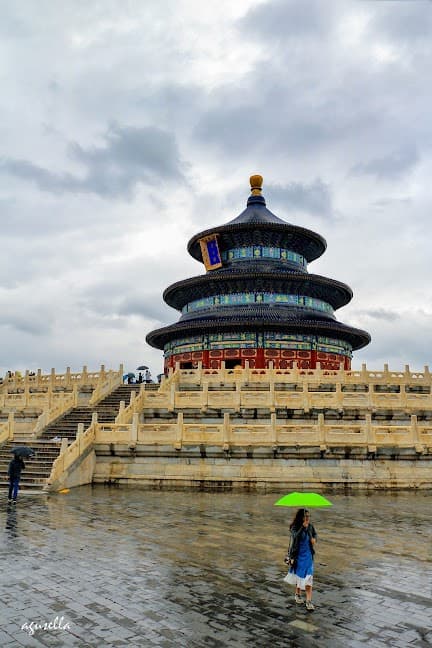
We have visited the Temple of Heaven in the early morning:
- to avoid the crowds
- to practise Tai Chi with locals (around 6-8 o'clock)
The Temple of Heaven is one of Beijing's most iconic landmarks, known for its stunning architecture and deep cultural significance. Built in the early 15th century during the reign of Emperor Yongle of the Ming Dynasty, it was designed as a sacred place for the emperor to perform important rituals to ensure harmony between heaven and earth.
Worth visiting stops in the temple park:
- Hall of Prayer for Good Harvests
- Circular Mound Altar & Imperial Vault of Heaven
- Hall of Abstinence
- Rose Garden
🎟️Trip.com
Lama Temple / Yonghe Temple
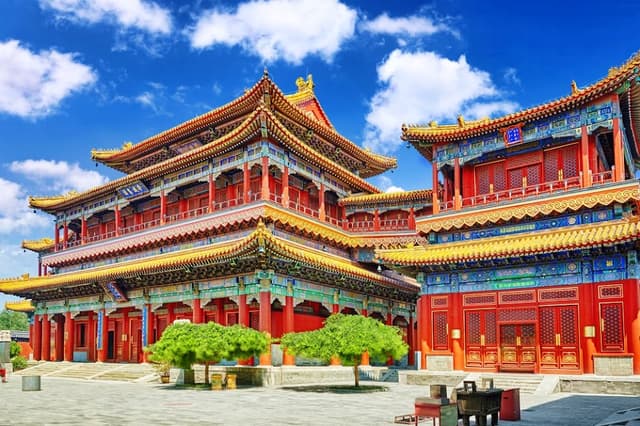
This stunning Tibetan Buddhist temple complex was originally built in 1694. As we walked through, we discovered different halls and courtyards designated for prayer - for career, luck, family. There are free prayer incenses at the entrance.
Hutongs
Hutongs are narrow, traditional Chinese alleys or lanes found in cities like Beijing, China. These alleyways are lined with siheyuan-courtyard-style homes with a layout that dates back centuries. Originally created in the Yuan Dynasty. There are multiple Hutongs areas:
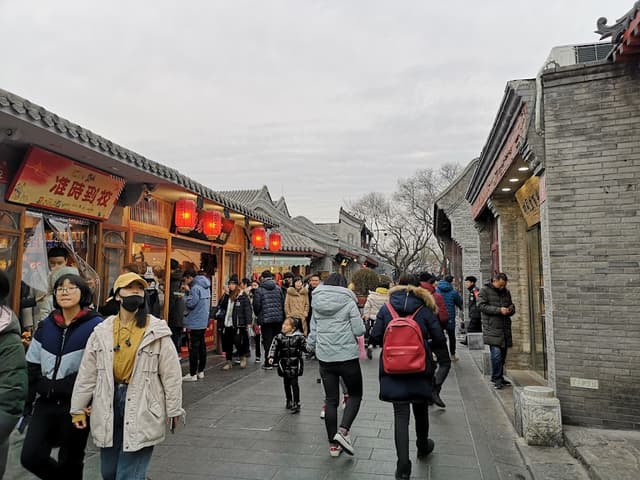
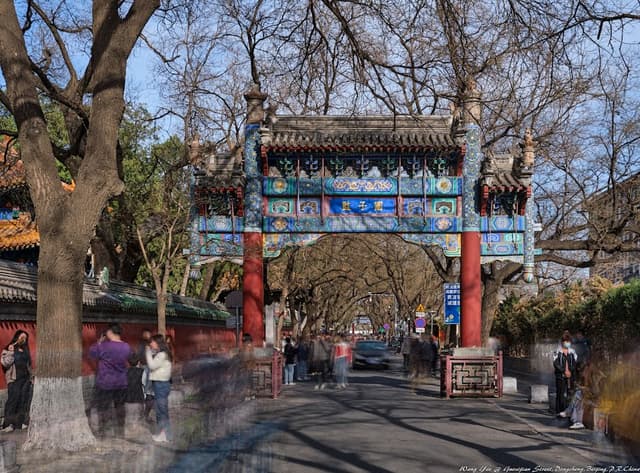
Other must-do activities
Beijing Opera
Originating in the late 18th century during the Qing Dynasty, it became a highly popular form of entertainment in Beijing and remains one of China’s most cherished cultural treasures. Not similar to European traditional opera.

Calligraphy Workshop
We learnt some basic calligraphy techniques by a startup enterprise by Richard Li. Meditative and spiritual experience.
They have different studios - we were here:
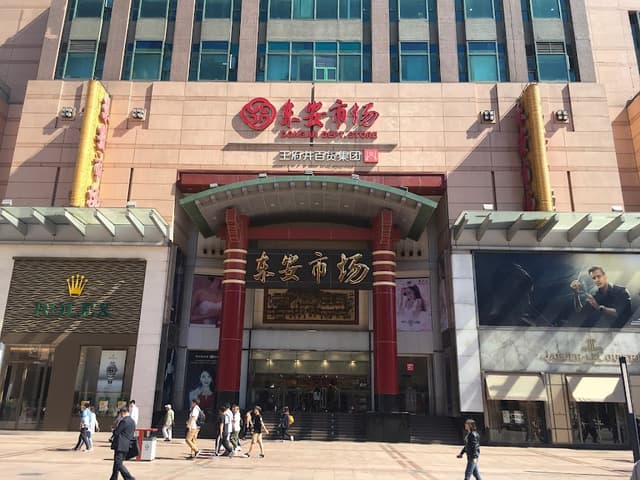
Guomao Business Center
We did not manage to visit - but if you have time - there are beautiful bars with view.
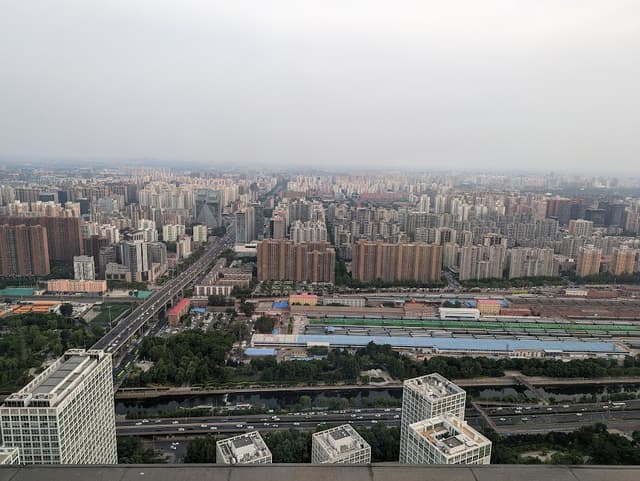
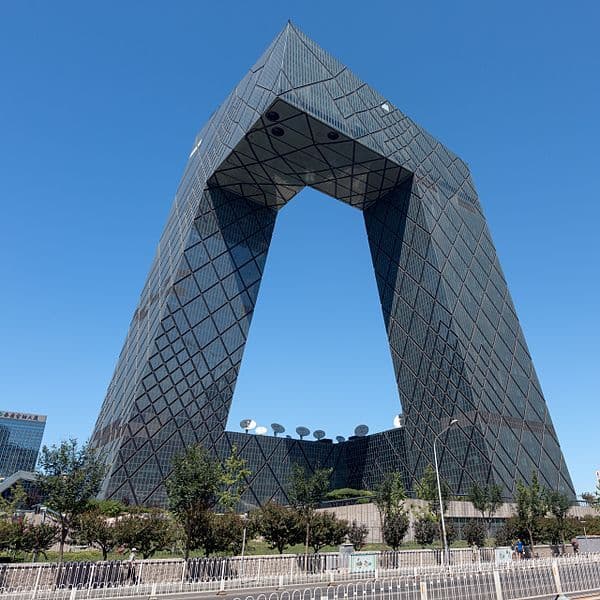

Olympic Tower & Park
Worth visiting for sunset 🌅- we did not manage to visit, but definitely on list.
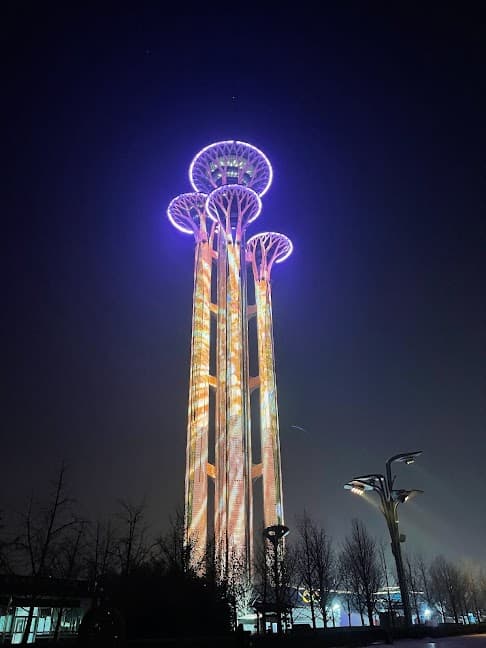
What and where to eat
Traditional breakfast - 💲💲
These steamed buns (Baozi) are traditional breakfast in China. Also soups are in common. These breakfasts are offered in the most hotels.
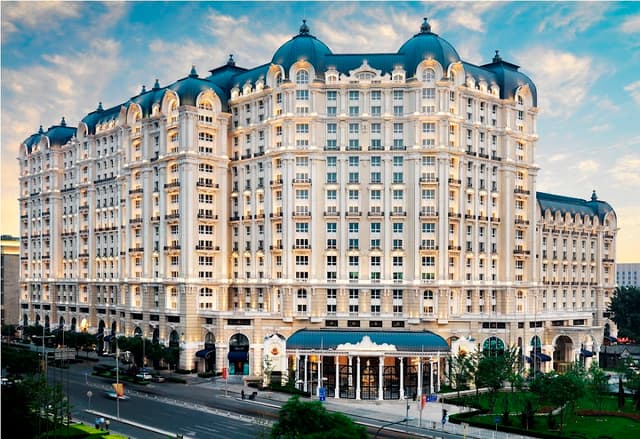
Beijing Duck - 💲💲💲
Traditionally, the duck is seasoned and roasted in a specially constructed brick oven, which allows the skin to become crispy while the meat remains tender. Before roasting, air is often pumped between the skin and the meat to ensure crispness, and the duck is glazed with a sweet maltose syrup for a rich, golden color.
We did not like the dish a lot - but it was interesting to try.
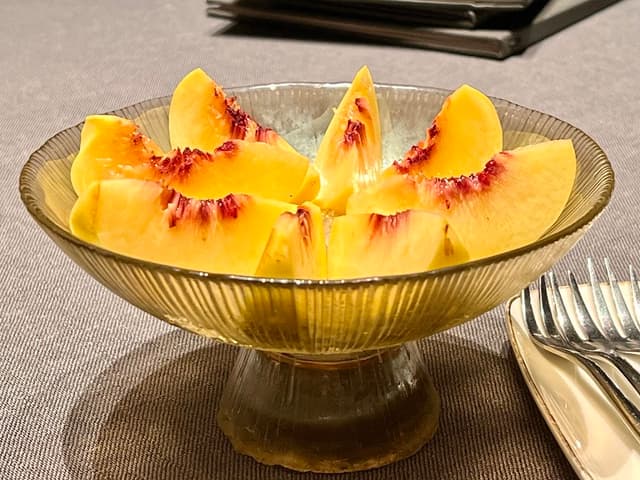
We did not manage to visit this place but it was recommended by locals:
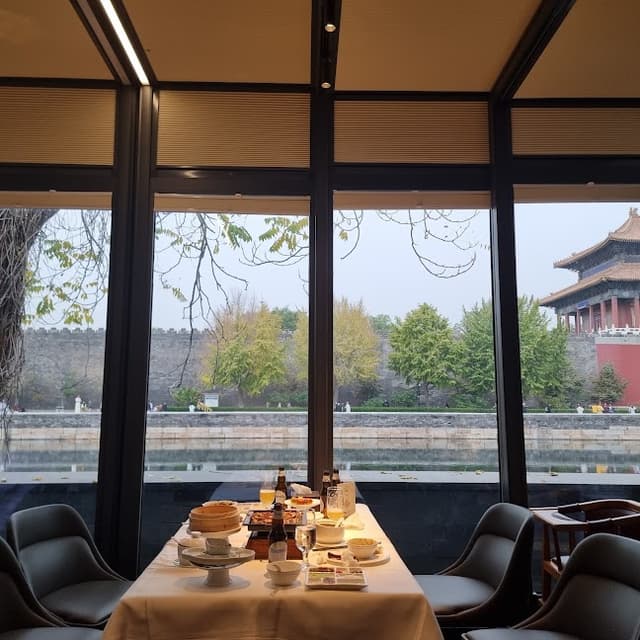
Noodles
Soy bean noodles - 💲
One of the dishes we have tried
Location: Fangzhuanchang No.69 Noodles with Soy Bean Paste ( South Luogu LaneBranch) > Check location in Didi app

Day Trip from Beijing
Great Wall of China
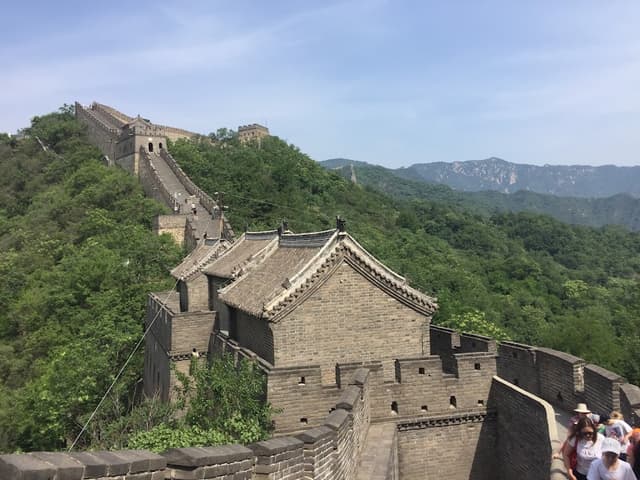
How did we avoid crowds?
We arrived right at the opening hour—7:30 AM on a weekday, outside of holiday times. Plus, we chose a less touristic section, the Mutianyu Great Wall.
🎟️ Trip.com
🚗 get there by Didi (20-30 Euro one direction) - ca 1.5 h drive from Beijing city centre
Alternative way
You can book a shuttle to save money - but then you will arrive with crowsds
History
The Great Wall of China is one of the world’s most iconic landmarks, stretching over 13,000 miles (21,000 kilometers) across northern China. Built to protect ancient China from invasions and raids, it dates back over two thousand years, with the earliest sections constructed as early as the 7th century BCE and much of the current structure built during the Ming Dynasty (1368–1644).
Contrary to popular belief, the Great Wall isn’t a continuous wall but rather a collection of walls and fortifications built by various dynasties.
Sections of Great Wall
We have considered following parts:
- Badaling is the restored part, the closest to Beijing, beautiful views, but most tourists.
- Mutianyu - we chose this part. A little further from Beijing (1.5-2 hours). The restored part. Very beautiful views. Fewer tourists, but also popular.
- Jinshanling - far from Beijing (3h way), steep climb, parts of the wall are not restored, few tourists
- Simatai - far from Beijing (3 hours), very beautiful views. There is a night tour. There is also an entrance through the Watertown. The most expensive part
- Shanhaiguan is the end of the Great Wall in the sea - interesting and less tourists. But it's a long way to go (5h one way, far from Beijing).
There are even smaller parts or wild parts... but I described the ones we have considered for our trip.
Discover my other guides for China
The home for unique & authentic travel
